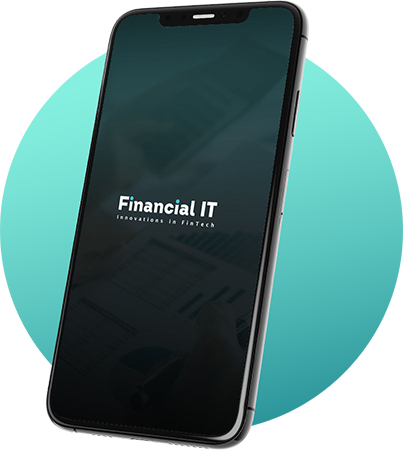All content with RSS
When crypto-currencies really become widely used, what could it mean for central banks, mobile telecoms companies and reserve currencies?
Nobody knows how many people hold accounts with bitcoin and other crypto-currencies. However, the total is almost certainly no more than several tens of millions, or about 1% of the global population at most.
Financial IT: Tim, Dacxi will shortly be raising funds through a global initial coin offering (ICO). What is Dacxi, exactly?
Tim Baxter: The Dacxi is fundamentally a global investor community targeted at empowering and protecting retail inves- tors. We believe they will be the next big group entering the crypto-coin world and drive the next growth wave to 2020.
Financial IT: So what’s different between these investors and the people currently in cryptocoin market?
Financial IT interviews Stéphane Nouy, Managing Director of Moneythor at FinTech Connect Live 2017
ESMA recently issued guidance on the treatment of commodity derivatives traded on third-country venues in the context of the MiFID ll position limit regime. Prior to this is was not clear if commodity derivatives traded on a third-country exchange would be considered economically equivalent OTC (“EEOTC”) contracts and would consequently fall under the position limit regime.
The last year has been a significant 12 months in the short history of cyber security, with headline security breaches such as Uber and a scramble to come up with new approaches, particularly as the European Union’s General Data Protection Regulation comes into force next May.
2018 will see further developments in this dynamic field that will affect almost every organisation on the planet. Here are some predictions for the next 12 months:
1. Innovation will help overcome the continuing cyber security talent drought
Financial IT catches up with Atul Saini CEO & CTO of Fiorano at Fintech Connect Live 2017
Many asset managers are wrestling with the decision on whether to keep the order management system (OMS) and execution management system (EMS) as two separate best-of-breed systems, or switch to a single unified platform known as the OEMS.
Buy-side firms have been demanding tighter integration between their order management and execution management systems for years. Some are looking to consolidate their trading platforms to drive down costs. Others want a single platform to reduce the complexity of trading across multiple asset classes and geographies.











